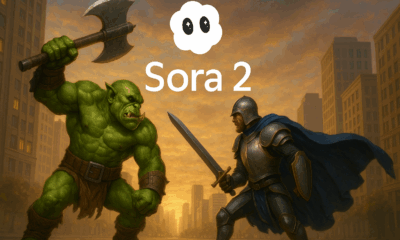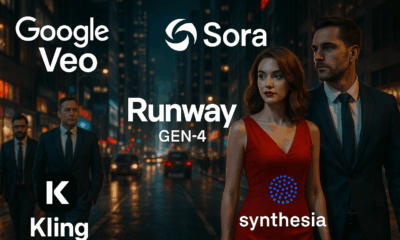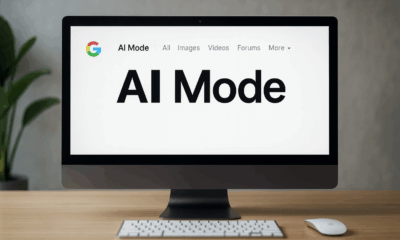News
VEO 3.1 Now Accessible to Partners — What’s New, What’s Possible
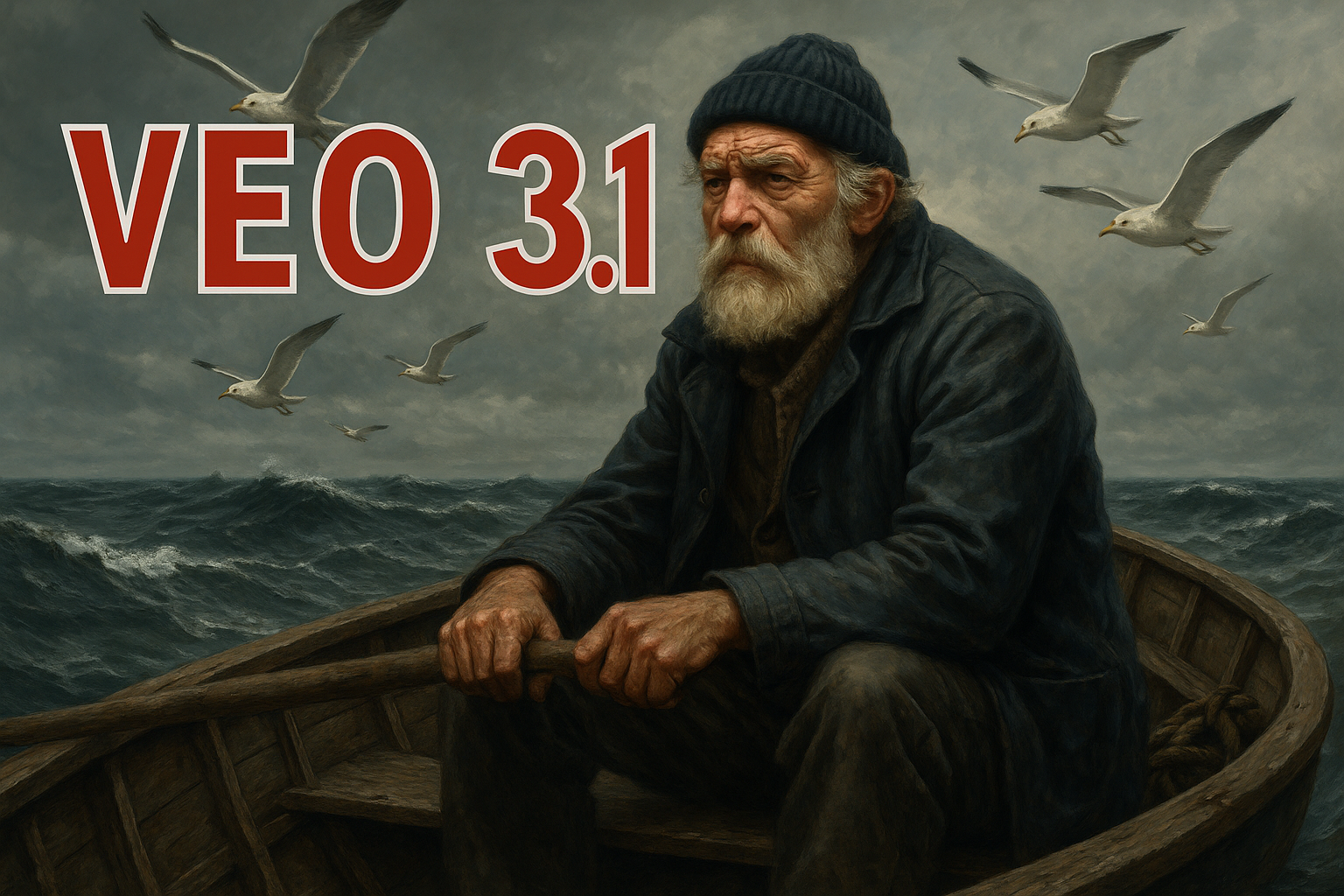
- Share
- Tweet /data/web/virtuals/375883/virtual/www/domains/spaisee.com/wp-content/plugins/mvp-social-buttons/mvp-social-buttons.php on line 63
https://spaisee.com/wp-content/uploads/2025/10/veo31_release-1000x600.png&description=VEO 3.1 Now Accessible to Partners — What’s New, What’s Possible', 'pinterestShare', 'width=750,height=350'); return false;" title="Pin This Post">
The long-rumored update to Google DeepMind’s text-to-video model has quietly shifted into partner hands. Veo 3.1, the next iteration of Google’s generative video AI, is now rolling out to select platforms and integrators. For creators, studios, and AI tool builders, this release signals more than just incremental improvement—it marks a significant leap in cinematic control, visual fidelity, and storytelling capability.
The Hook: From 8 Seconds to a Full Minute of Imagination
When Google DeepMind introduced Veo 3 earlier this year, it broke ground with its ability to generate short video clips complete with synchronized audio, character motion, and environmental detail. However, its eight-second limitation felt more like a teaser than a tool for storytellers. Veo 3.1 changes that.
The most significant update is the ability to generate videos up to one minute in length, providing creators with room to develop more meaningful scenes and transitions. It also upgrades video quality to native 1080p resolution, producing visuals sharp enough for serious creative work. This model now maintains stronger consistency across scenes, preserving the appearance of characters and coherence in the visual narrative—an area that often plagued earlier models.
Equally transformative is the introduction of cinematic controls. Users can now direct how a virtual camera pans, zooms, or sweeps across a scene, simulating the kind of professional movements typical of a film set or drone shot. Veo 3.1 also introduces multi-shot generation, letting creators stitch together multiple scenes using a series of prompts. This effectively elevates the tool from a “clip generator” to a basic filmmaker’s assistant.
Sound design is no longer an afterthought. Veo 3.1 can automatically generate ambient noise, music, and effects that align with the visual content. The model also supports referencing images to define the output’s artistic style, color palette, and composition—offering more control over tone and aesthetic.
Where to Find It (and Who Gets It First)
As of October 2025, Veo 3.1 is available through a handful of AI platforms that have partnered with Google to integrate the model. These include Higgsfield.ai, Imagine.Art, Pollo.ai, and WaveSpeedAI. Access is still limited to partners or early adopters, meaning that general availability through Google’s Gemini or Flow interfaces is yet to materialize.
For now, creators and developers working through these third-party platforms are the first to explore Veo 3.1’s capabilities. Pricing structures appear to follow usage-based models, with costs scaling depending on video length, resolution, and complexity of features used. While Google has not released an official API or public documentation for the broader audience, it’s likely that wider rollout will follow in phases as the model matures and demand increases.
Beyond the Release Notes: What’s Still Unclear
Despite the fanfare around Veo 3.1’s features, several key questions remain. It’s unclear whether the current duration ceiling of one minute will expand further, or if higher resolutions such as 4K are in the pipeline. It’s also not certain how well Veo 3.1 handles complex scenes involving multiple characters or intricate motion over extended time frames.
Other areas of uncertainty include content guardrails, watermarking policies, and safeguards against misuse—issues that have grown more pressing as generative video tools become increasingly realistic. While DeepMind has taken steps to ensure ethical alignment in past models, critics have already voiced concerns about potential abuse in political disinformation and deepfake content. Veo 3.1’s safety mechanisms have yet to be tested in public environments, leaving some industry observers cautious.
Why Veo 3.1 Is a Milestone
Veo 3.1’s significance lies not just in its technical upgrades but in what it represents: a pivot from generative AI as novelty to generative AI as a serious creative medium. The jump to longer durations allows for actual storytelling, not just vignettes. Cinematic controls shift the balance of power toward artists and filmmakers rather than just engineers or prompt hackers. And enhanced consistency opens the door to characters who persist across scenes—an essential requirement for any narrative work.
Perhaps more importantly, Veo 3.1 marks a new chapter in AI’s visual intelligence. Models like Veo are increasingly capable of performing untrained tasks—such as visual reasoning or compositing—suggesting a future where AI can function as an all-purpose director, editor, and effects artist. This mirrors developments in text and image models, but with the added complexity of time and motion.
What’s Next for AI Video
With OpenAI’s Sora, Runway’s Gen-3, and Meta’s upcoming entries, the AI video race is intensifying. Each model is pushing to offer more realism, longer durations, and greater narrative control. Veo 3.1 is clearly Google’s response to that pressure—a model designed not only to keep pace but to set a standard.
For now, it remains a tool for the privileged few—those with early access, infrastructure, and creative vision. But as it moves toward public platforms, its impact could be profound. From filmmaking and marketing to education and journalism, the use cases for rich, controllable generative video are just beginning to take shape.
The big question isn’t whether Veo 3.1 is impressive—it clearly is—but whether the world is ready for the new kind of visual storytelling it enables.
News
Ray-Ban Meta (Gen 2): When Smart Glasses Finally Make Sense

Smart glasses have long promised the future—but mostly delivered gimmicks. With the Ray-Ban Meta (Gen 2), that finally changes. This version isn’t just a camera on your face. It’s a seamless, voice-driven AI interface built into a pair of iconic frames.
What It Does
The Gen 2 glasses merge a 12 MP ultra-wide camera, open-ear audio, and Meta’s on-device AI assistant. That means you can:
- Record 3K Ultra HD video hands-free.
- Stream live to Instagram or Facebook.
- Ask, “What am I looking at?” and get AI-powered context on landmarks, objects, or even menu items.
- Translate speech in real time and hear it through the speakers.
- Use directional mics that isolate the voice in front of you—ideal for busy settings.
It’s not AR—there’s no visual overlay—but it’s the most functional, invisible AI interface yet.
Real Use Cases
Travel & Exploration: Instantly identify sights or translate conversations without pulling out your phone.
Content Creation: Capture stable, POV video ready for posting. The quality now matches creator standards.
Accessibility: Voice commands like “take a picture” or “describe this” are practical assistive tools.
Everyday Communication: Dictate messages or take calls naturally with discreet open-ear audio.
Key Improvements
- Battery life: ~8 hours active use, 48 hours total with case.
- Camera: Upgraded to 12 MP, 3K capture.
- Meta AI integration: Now built-in, with computer vision and conversational responses.
- Design: Still unmistakably Ray-Ban—Wayfarer, Skyler, and Headliner frames.
In short, the Gen 2 feels like a finished product—refined, comfortable, and genuinely useful.
Where It Shines
The Ray-Ban Meta 2 excels at hands-free AI interaction. It’s for creators, travelers, and anyone who wants ambient intelligence without a screen. The experience is smoother, faster, and more natural than the first generation.
The Bottom Line
The Ray-Ban Meta (Gen 2) isn’t a gimmick—it’s the first pair of AI glasses you might actually wear daily. It bridges the gap between wearable tech and true AI assistance, quietly making computing more human.
If the future of AI is frictionless interaction, this is what it looks like—hidden in plain sight, behind a familiar pair of lenses.
News
Grokopedia: Elon Musk’s AI Encyclopedia Challenges Wikipedia’s Throne

In late October, Elon Musk’s xAI quietly flipped the switch on what might be its most ambitious project yet — an AI-written encyclopedia called Grokipedia. Billed as a “smarter, less biased” alternative to Wikipedia, it launched with nearly 900,000 articles generated by the same AI model that powers Musk’s chatbot, Grok.
But just a day in, Grokipedia is already stirring controversy — not for its scale, but for what’s missing: citations, community editing, and transparency. The promise of a perfectly factual AI encyclopedia sounds futuristic. The reality looks much more complicated.
From Grok to Grokipedia: A New Kind of Knowledge Engine
At its core, Grokipedia is an AI-driven encyclopedia built by xAI, Musk’s research company now tightly integrated with X.com. Its purpose? To use AI to “rebuild the world’s knowledge base” with cleaner data and fewer ideological biases.
Unlike Wikipedia, where every article is collaboratively edited by humans, Grokipedia’s content is written by AI — Grok, specifically. Users can’t edit entries directly. Instead, they can submit correction forms, which are supposedly reviewed by the xAI team.
Within 48 hours of launch, the site claimed 885,000 entries spanning science, politics, and pop culture. Musk called it “a massive improvement over Wikipedia,” suggesting that human editors too often inject bias.
The Big Difference: No Editors, Just Algorithms
If Wikipedia is a “crowdsourced truth,” Grokipedia is an algorithmic truth experiment. The difference is stark:
- Wikipedia has visible revision histories, talk pages, and strict sourcing rules.
- Grokipedia offers AI-written pages with minimal citations and no public edit trail.
On a test comparison, Grokipedia’s entry on the Chola Dynasty contained just three sources — versus over 100 on Wikipedia. Some political entries mirrored phrasing used by X influencers, raising concerns about subtle ideological leanings.
xAI claims the platform will get “smarter over time,” as Grok learns from user feedback and web data. But so far, its process for verification or bias correction remains completely opaque.
Open Source or Open Question?
Musk has said Grokipedia will be “fully open source.” Yet, as of publication, no public repository or backend code has been released. Most of the content appears to be derived from Wikipedia’s CC BY-SA 4.0 license, with small AI edits layered on top.
This raises a key issue: if Grokipedia reuses Wikipedia’s text but removes human verification, is it really a competitor — or just a remix?
Wikimedia Foundation’s statement pulled no punches:
“Neutrality requires transparency, not automation.”
The Vision — and the Risk
Grokipedia fits neatly into Musk’s broader AI ecosystem strategy. By linking Grok, X, and xAI, Musk is building a self-sustaining data loop — one where AI tools generate, distribute, and learn from their own content.
That’s powerful — but also risky. Without clear human oversight, AI-generated reference material can reinforce its own mistakes. One factual error replicated across 900,000 entries doesn’t create knowledge; it creates illusion.
Still, Musk’s team insists that Grokipedia’s long-term mission is accuracy. Future versions, they say, will integrate live data from trusted sources and allow community fact-checking through X accounts.
For now, it remains a closed system, promising openness later.
A Future Encyclopedia or a Mirage of Truth?
Grokipedia’s arrival feels inevitable — the natural next step in a world where generative AI writes headlines, code, and essays. But encyclopedic truth isn’t just about writing; it’s about verification, accountability, and trust.
As one early reviewer on X put it:
“It’s like Wikipedia written by ChatGPT — confident, clean, and not always correct.”
If Musk can solve those three things — trust, transparency, and verification — Grokipedia could become a defining reference for the AI era.
If not, it risks becoming exactly what it set out to replace: a knowledge system where bias hides in plain sight.
Grokipedia is live now at grokipedia.com, with full integration expected in future versions of Grok and X.com.
News
ChatGPT Atlas Review: OpenAI’s New AI Browser Feels Like Research With a Co-Pilot
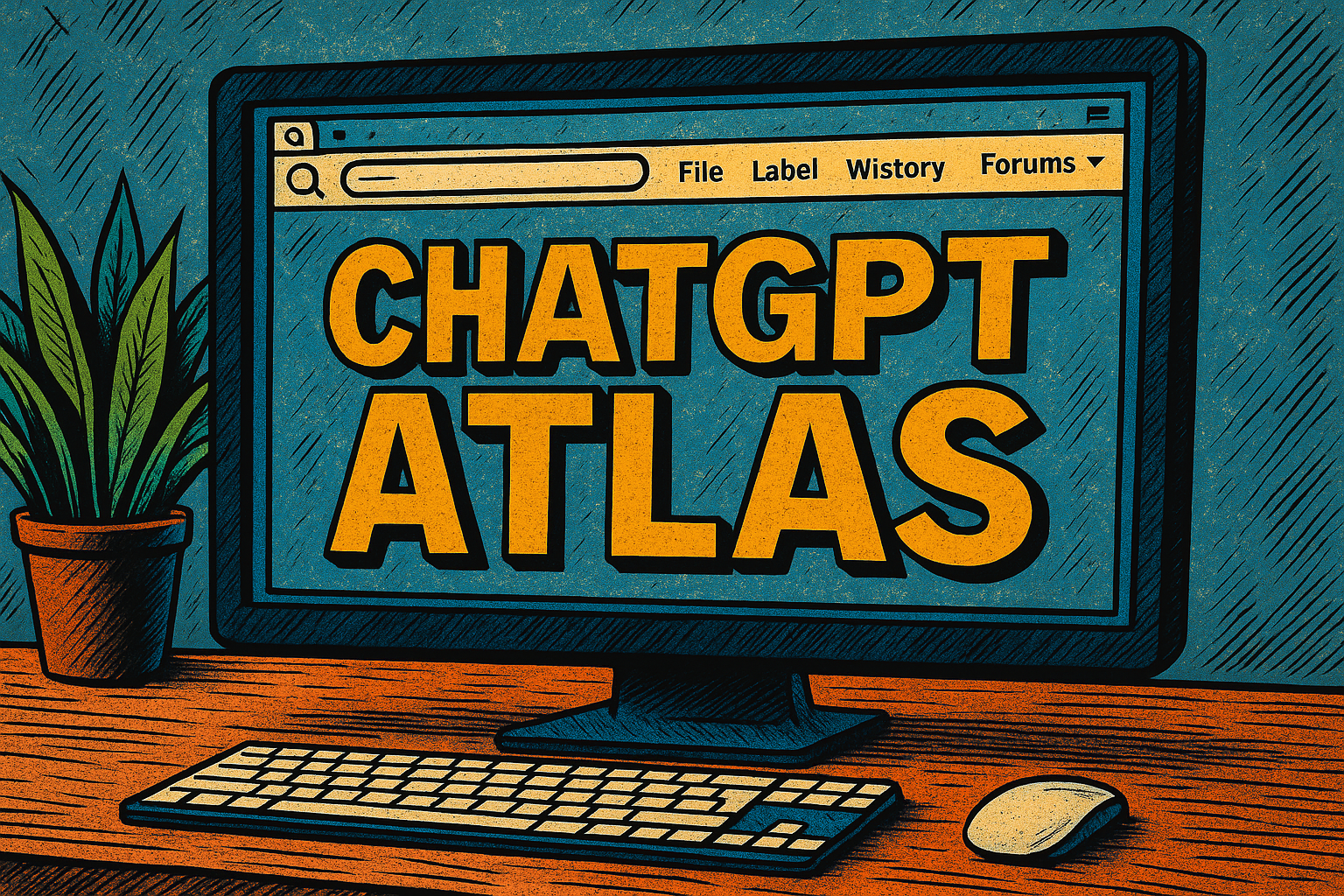
I’ve been testing ChatGPT Atlas — OpenAI’s brand-new AI browser — for about four hours since its release, and in my opinion, it’s one of the most intriguing tools the company has shipped in years. Instead of just loading pages, Atlas thinks about them. It reads, summarizes, and connects what you’re looking at, almost like having a reasoning engine built into every tab.
First Impressions
After installing Atlas, I expected another Chrome-style browser with a ChatGPT plug-in. What I found was something closer to a full AI workspace. Each tab carries its own ChatGPT context, capable of reading and summarizing web content instantly.
In my short time testing, I noticed how natural it feels to ask questions right inside a page. While reading a technical paper, I typed, “Explain this in plain English,” and Atlas responded in a sidebar with a clear summary and citations. Even in just a few hours, that feature changed how I browse.
What also stood out to me is how Atlas remembers. When I opened a new tab on the same topic, it automatically referenced what I had read earlier. It feels less like jumping between pages and more like continuing a conversation.
Key Features That Impressed Me
1. Inline Queries That Make Sense
Highlight text on any webpage, ask a question, and Atlas gives an instant, sourced explanation. In my opinion, this single feature turns the browser into a genuine research companion.
2. “Action Mode”
Atlas can fill forms, pull structured data, or run quick code snippets. I tried it on a couple of booking pages and spreadsheets — it worked, though slower than expected. It’s powerful, but you’ll still want to double-check what it does.
3. Visual Insights
Select a table or dataset, and Atlas can generate quick visual summaries like charts or sentiment heatmaps. I tested it on an economics article; the graph it generated was simple but accurate enough to use.
Early Friction Points
Based on my short testing window, Atlas isn’t flawless. When summarizing long PDFs, it sometimes mixes headings or ignores footnotes. It also generated a few off-target details when I gave vague prompts. Memory occasionally resets, breaking the “continuous reasoning” flow.
Performance is decent, though heavy AI summarization noticeably spikes CPU usage. On my MacBook Air, multiple “analyze” tabs made the fan run nonstop.
Privacy and Security Notes
OpenAI says browsing data stays local and encrypted unless you explicitly opt in for cloud sync. From what I saw in settings, each tab can be memory-isolated, which helps. Still, since Atlas effectively reads every page, I’d avoid testing it on confidential or login-protected material for now.
How It Stacks Up
I’ve used Arc Search and Perplexity Desktop, and Atlas already feels more cohesive. Arc helps you find; Perplexity helps you read; Atlas does both — and reasons about what it finds.
If I had to summarize the difference after a few hours: Arc shows you results, Perplexity explains them, but Atlas understands context across pages.
Who It’s For
From what I’ve seen so far:
- Researchers and students will benefit most from live summarization and citation support.
- Writers and analysts can use it as an on-page note taker.
- Developers can run snippets and query APIs directly inside web tools.
- Casual users might just appreciate how it simplifies everyday reading.
My Verdict After Four Hours
Even after only a few hours, I can see where this is going. Atlas feels like more than a browser — it’s a reasoning layer for the web.
In my opinion, OpenAI isn’t trying to reinvent Chrome; it’s trying to reinvent how we think while browsing. There are still rough edges, bugs, and slowdowns, but the core idea — browsing that reasons with you — feels like a glimpse of the next computing shift.
If you get access, I’d suggest experimenting for a few hours as I did. Atlas doesn’t just show you the internet; it helps you make sense of it.
-

 AI Model4 weeks ago
AI Model4 weeks agoHow to Use Sora 2: The Complete Guide to Text‑to‑Video Magic
-
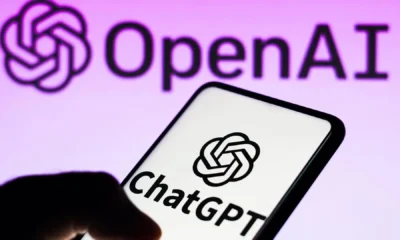
 AI Model3 months ago
AI Model3 months agoTutorial: How to Enable and Use ChatGPT’s New Agent Functionality and Create Reusable Prompts
-

 AI Model4 months ago
AI Model4 months agoComplete Guide to AI Image Generation Using DALL·E 3
-

 AI Model4 months ago
AI Model4 months agoMastering Visual Storytelling with DALL·E 3: A Professional Guide to Advanced Image Generation
-

 News1 month ago
News1 month agoOpenAI’s Bold Bet: A TikTok‑Style App with Sora 2 at Its Core
-

 News4 weeks ago
News4 weeks agoGoogle’s CodeMender: The AI Agent That Writes Its Own Security Patches
-

 News4 months ago
News4 months agoAnthropic Tightens Claude Code Usage Limits Without Warning
-
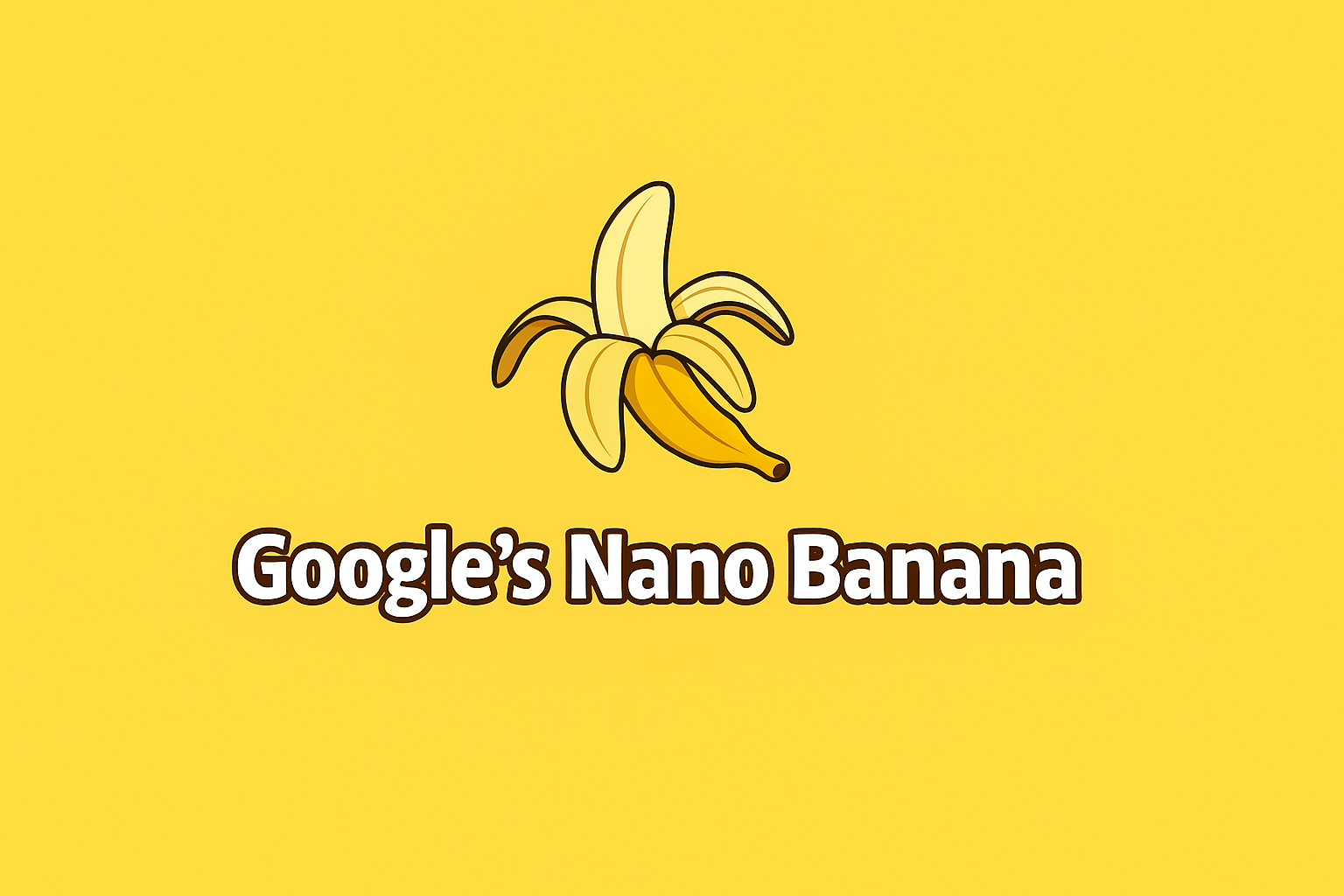
 Tutorial4 weeks ago
Tutorial4 weeks agoUsing Nano Banana: Step by Step
